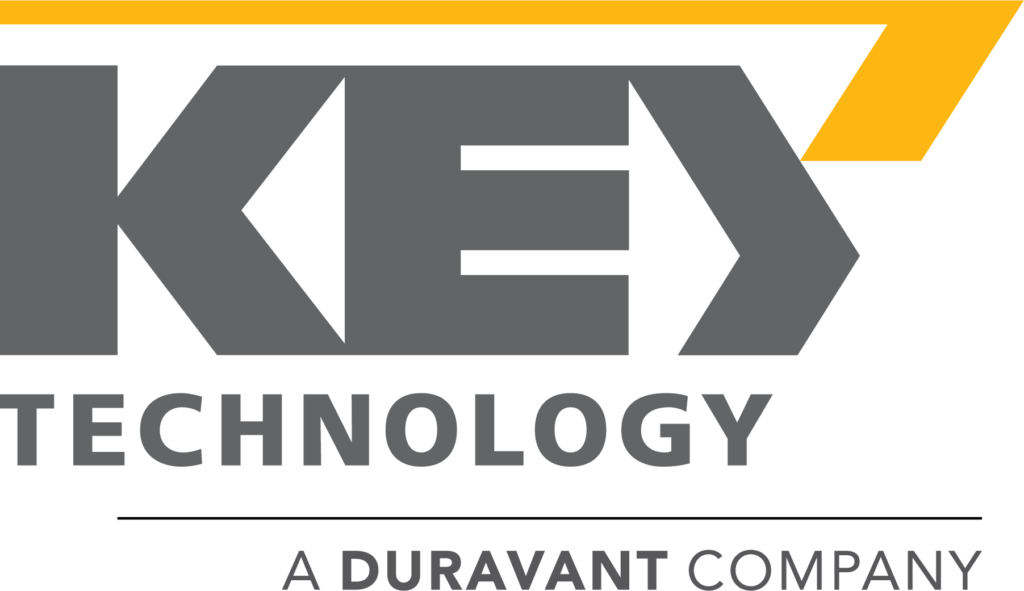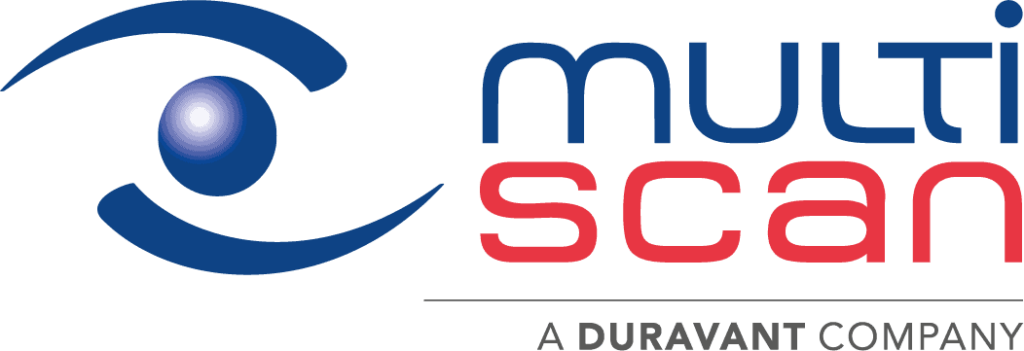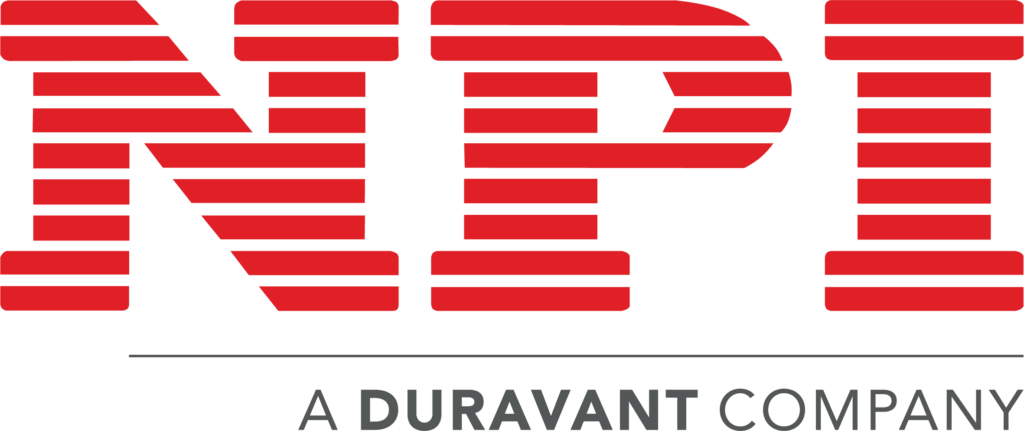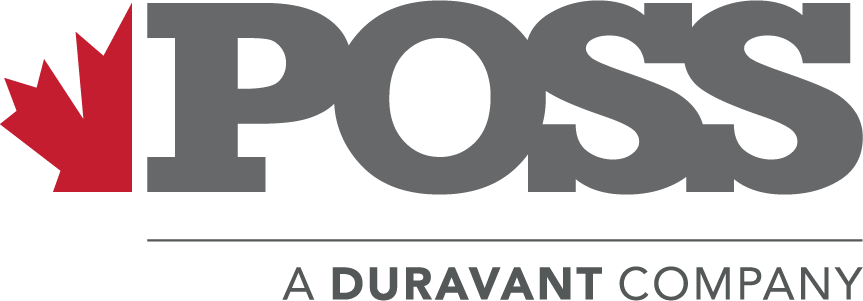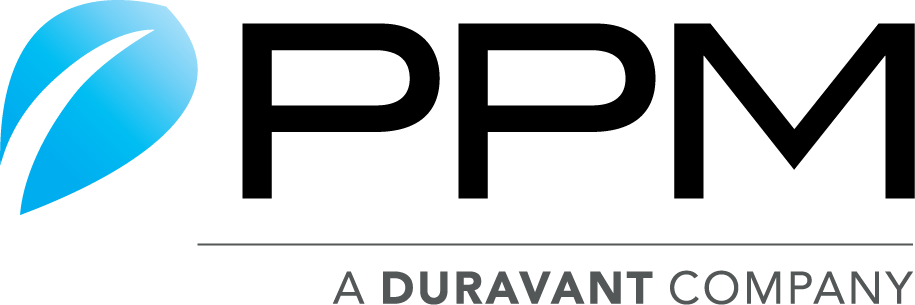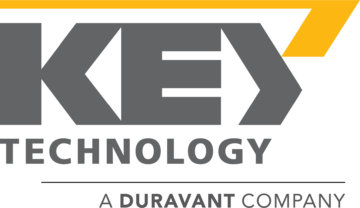The Duravant family of operating companies serve the food processing, packaging and material handling segments.
Cleaning Standards for your Material Handling Systems
July 2022
Sanitation is a core principle of every food processing facility. High cleaning standards help minimize the risk of product contamination to protect consumers and the company’s reputation, as well as avoid costly recalls. To prevent unsanitary conditions and maintain food safety, all surfaces that come into direct or indirect contact with foodstuffs, including tools and equipment, must have product residue, debris and dirt manually removed as often as necessary.
Fortunately, cleaning isn’t difficult as long as you follow a few simple guidelines.
How to Clean and Sanitize Material Handling Systems
Whether your facility has shakers, belt conveyors and/or roller sizing and grading systems, the steps for cleaning and sanitizing are similar.
1. Select Well Designed and Integrated Equipment
 The most important initial step to ensure sanitation and ease of cleaning is installing material handling systems that match the needs of your application and fit into your line and facility. Look for equipment with stainless steel construction, 100 percent continuous welds and other hygienic features.
The most important initial step to ensure sanitation and ease of cleaning is installing material handling systems that match the needs of your application and fit into your line and facility. Look for equipment with stainless steel construction, 100 percent continuous welds and other hygienic features.
Line integration is of the utmost importance. If the transition points between systems are not properly designed, product can spill out and onto floors, the underside of the system and onto other surfaces. Also, collection areas must be large enough to accommodate incoming product to prevent blockage and overflow. Furthermore, there needs to be enough clearance around your material handling systems to clean and sanitize the entire area.
Well-designed equipment with minimal spillage will require a less frequent cleaning schedule than poorly-designed systems.
2. Rinse, Sanitize and Rinse Again
 To clean your material handling systems, start by removing all foodstuffs and packaging materials from the area. Shut down the equipment and, when necessary, partially or completely disassemble systems including removing access covers and guards. Some components, like screens and belts, may need to be sanitized separately.
To clean your material handling systems, start by removing all foodstuffs and packaging materials from the area. Shut down the equipment and, when necessary, partially or completely disassemble systems including removing access covers and guards. Some components, like screens and belts, may need to be sanitized separately.
Next, pre-rinse surfaces with potable water at the prescribed pressure and temperature – this step is complete when all visual soil and product are gone. Wash the systems with the recommended cleaning agent at the prescribed concentration while ensuring the correct temperature, pressure and contact time. The sanitizing solution should not be allowed to dry. Then, rinse the surfaces again with a generous amount of clean, potable water.
3. Utilize the Correct Chemicals, Temperature and Pressure to Protect Equipment
The recommended cleaning agents, chemical concentration, temperature and pressure must be strictly followed to achieve proper sanitation and ensure equipment is not damaged during cleaning. Various components may need to be sanitized differently according to their instructions.
 Never direct a high-pressure nozzle at electrical components, control panels, valves, stroke indicator labels, warning labels and/or pneumatic parts – these should be cleaned with a mid- pressure nozzle. When removing debris from between bearing blocks, select a low-pressure nozzle under 100 PSI to avoid damage.
Never direct a high-pressure nozzle at electrical components, control panels, valves, stroke indicator labels, warning labels and/or pneumatic parts – these should be cleaned with a mid- pressure nozzle. When removing debris from between bearing blocks, select a low-pressure nozzle under 100 PSI to avoid damage.
On belt conveyors, some types of belt materials are especially susceptible to high and low temperatures and certain types of cleaning chemicals. It is vital that the sanitizing solution not sit longer than recommended by the belt manufacturer.
4. Handle Cleaning Chemicals Safely
Cleaning and sanitizing involves handling potentially hazardous chemicals. Always be sure to follow the chemical manufacturer’s instructions and warnings and read the safety data sheet (SDS) and labels on chemical containers. Store chemicals in approved containers in a cool, well-ventilated area. Different classes of chemicals, such as acids and bases, should be stored in separate areas or on separate shelves.
 When sanitizing equipment, always wear your personal protection equipment (PPE), such as googles, face shields and respirators, to protect against mists, vapors and fumes that could potentially be harmful. Wear proper clothing, such as gloves, apron and/or a full body suit, to protect against caustic chemicals. Non-skid, chemical-resistant footwear may also be required, as the floor can become very slippery with the use of detergents.
When sanitizing equipment, always wear your personal protection equipment (PPE), such as googles, face shields and respirators, to protect against mists, vapors and fumes that could potentially be harmful. Wear proper clothing, such as gloves, apron and/or a full body suit, to protect against caustic chemicals. Non-skid, chemical-resistant footwear may also be required, as the floor can become very slippery with the use of detergents.
Always work in a well-ventilated area when using chemicals. If a spill occurs, clean the area immediately, as many chemicals are corrosive and can adversely affect surfaces. Never mix chemicals unless directed to do so by the manufacturer. Dissolve dry chemicals in cold water, not hot. Read the labels, check the expiration/preparation date and follow the mixing instructions.
5. Ensure That Everything Works at Startup
 After cleaning, it’s important to verify that the systems are functioning properly. Double-check that all pieces have been correctly reassembled and that clamps are tight. Run the system to confirm that there are no loose parts. On vibratory conveyors, don’t forget to review the speeds and strokes after every cleaning cycle.
After cleaning, it’s important to verify that the systems are functioning properly. Double-check that all pieces have been correctly reassembled and that clamps are tight. Run the system to confirm that there are no loose parts. On vibratory conveyors, don’t forget to review the speeds and strokes after every cleaning cycle.
Furthermore, schedule your lubrication cycle to coincide with your sanitation cycle. Since high pressure and water can wash out any lubrication, you may need to go back and grease up the necessary components.
Please refer to your technical manual for specific instructions on caring for your material handling system. To access our technical manuals, visit www.keytechnicalmanuals.com.
Don’t forget – if you have questions, we are here to help!

